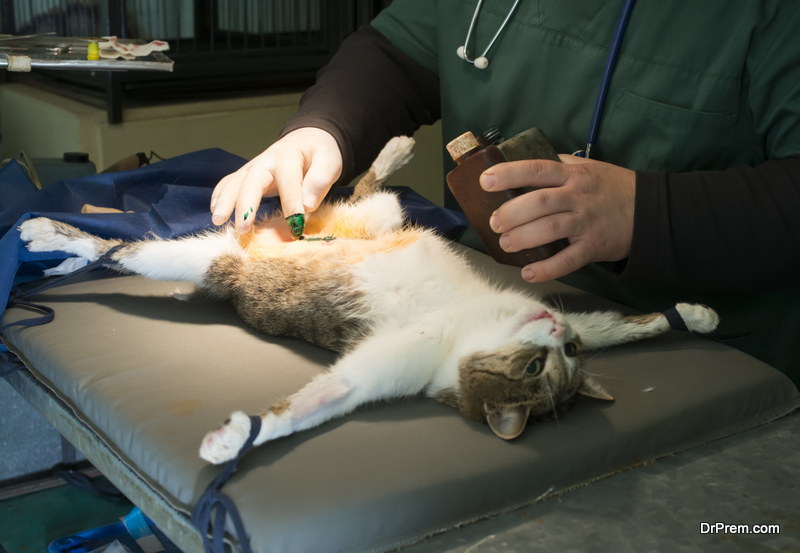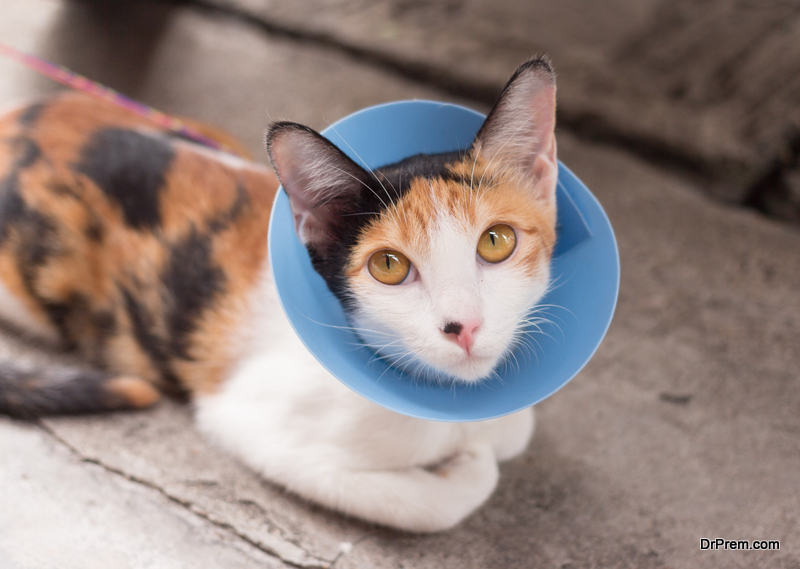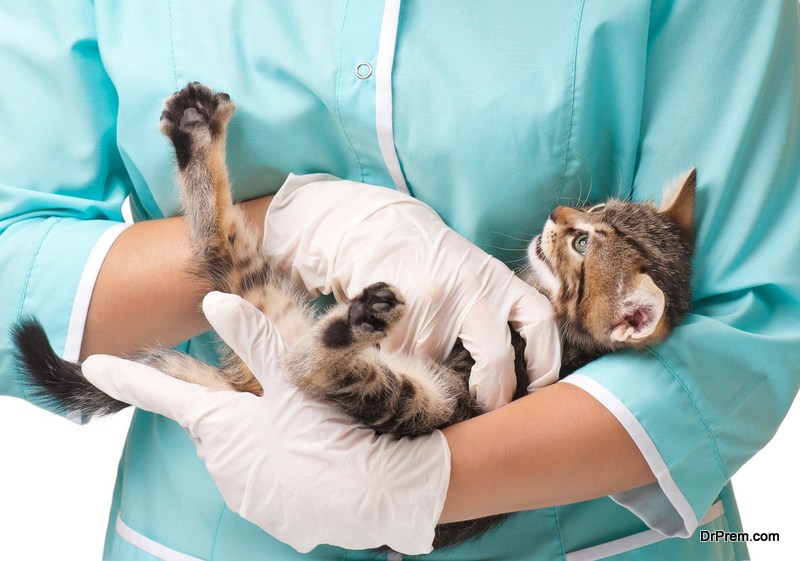Desexing pets is one of the most important jobs responsible pet owners must – but often fail to – undertake. With the RSPCA estimating 3.3 million of our feline friends are lovingly cared for all over Australia, desexing is perhaps most important for our pet cats. The incredible rate at which cats can breed (female kittens can become pregnant at just four months of age!) often means stray cats turn into feral cats, and those that wind up in animal shelters are often euthanised due to a lack of adoptions. It’s not all sad news, though – desexing is not only good for the health of your cat in both the long and short-term, it can have a variety of benefits for you as well!
Cat desexing basics
 A male cat being desexed is called neutering, while a female cat being desexed is called spaying. In either case, removing these sexual organs help cats to live much longer as they can avoid contracting lethal (and expensive to treat) diseases like testicular or ovarian cancer. With desexing helping to avoid health complications, you won’t need to lean too heavily on any cat insurance you may have taken out to help save you costs in the long-term. It is usually recommended to spay cats before they get into heat, which is about five months of age. You can still get your female cat desexed while it is in heat, but with this avenue, complications can arise due to increased blood flow to reproductive organs. If you haven’t yet desexed your cat and it is in heat, you’ll have to get used to it howling nightly to beckon mates. Males not yet desexed will wander around the neighbourhood more, getting into fights with other cats, killing native wildlife and potentially spreading diseases and very unpleasant bacteria both to other animals and humans.
A male cat being desexed is called neutering, while a female cat being desexed is called spaying. In either case, removing these sexual organs help cats to live much longer as they can avoid contracting lethal (and expensive to treat) diseases like testicular or ovarian cancer. With desexing helping to avoid health complications, you won’t need to lean too heavily on any cat insurance you may have taken out to help save you costs in the long-term. It is usually recommended to spay cats before they get into heat, which is about five months of age. You can still get your female cat desexed while it is in heat, but with this avenue, complications can arise due to increased blood flow to reproductive organs. If you haven’t yet desexed your cat and it is in heat, you’ll have to get used to it howling nightly to beckon mates. Males not yet desexed will wander around the neighbourhood more, getting into fights with other cats, killing native wildlife and potentially spreading diseases and very unpleasant bacteria both to other animals and humans.
Help the environment by desexing your cat
As cats can reproduce their entire lives, the constant birthing of kittens can have disastrous effects on our wildlife. The Australian Wildlife Conservancy released a report which estimated the impact of the 5-18 million feral cats that exist in Australia. It is estimated that each cat kills 5-30 animals a night, so with a conservative population of estimate of 15 million it can be determined that feral and stray cats kill 75 million native animals every single day. Being older data, these numbers would be inarguably higher now. With at least 20 native mammals driven to extinction by feral cats and 124 more threatened, it becomes more and more obvious that desexing is integral to the survival of some of Australia’s native wildlife. If you see any feral cats roaming in your neighbourhood, make sure not to feed them. Instead, it’s a good idea to capture them (if you can) and bring them to an animal shelter.
Desexing your cat is good for everyone
 If you want to help your cat, yourself and the environment, desexing your pet is an excellent thing to do. In fact, it’s irresponsible not to! If you’ve just taken a kitten home and it hasn’t yet been desexed, make sure to consult your veterinarian as soon as possible. Even if you have an older cat that you haven’t gotten around to desexing, now is as good a time as any to ensure that your cats reproductive health and Australia’s native wildlife are safer than ever.
If you want to help your cat, yourself and the environment, desexing your pet is an excellent thing to do. In fact, it’s irresponsible not to! If you’ve just taken a kitten home and it hasn’t yet been desexed, make sure to consult your veterinarian as soon as possible. Even if you have an older cat that you haven’t gotten around to desexing, now is as good a time as any to ensure that your cats reproductive health and Australia’s native wildlife are safer than ever.
Article Submitted By Community Writer


